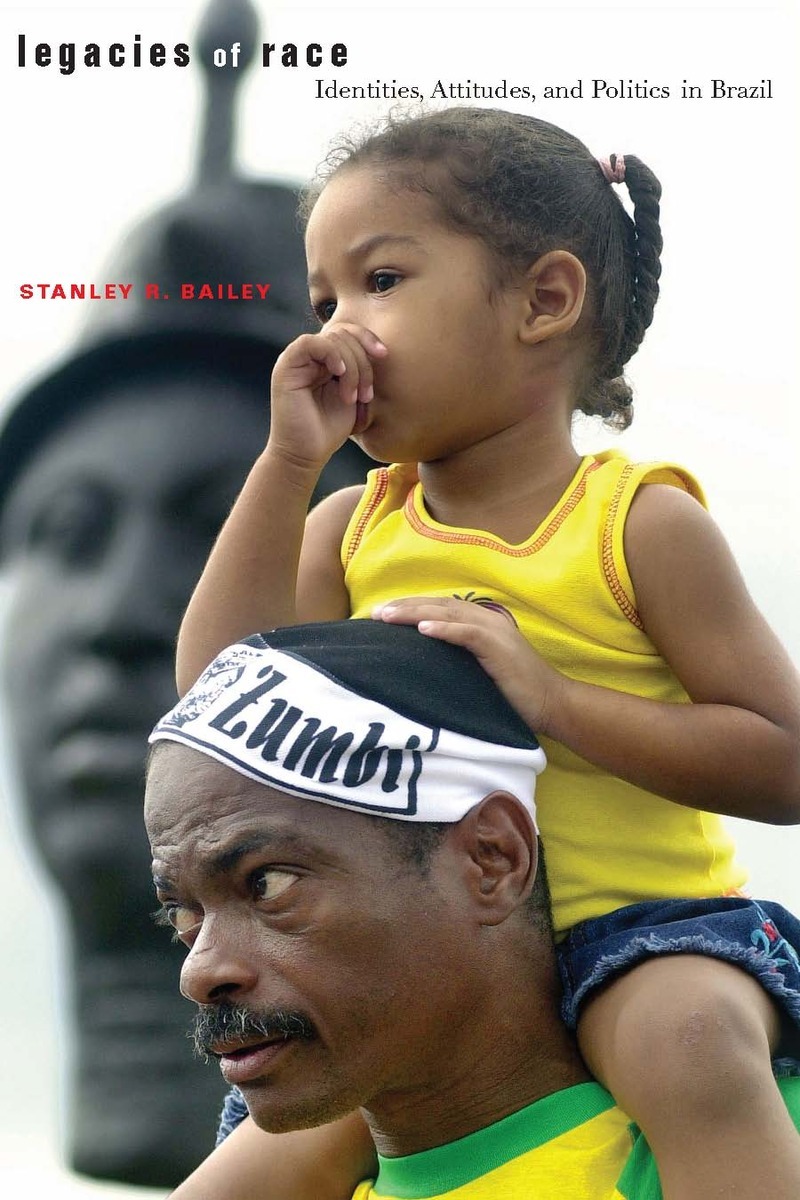Barriers between Us: Interracial Sex in Nineteenth-Century American LiteraturePosted in Books, History, Literary/Artistic Criticism, Media Archive, Monographs, United States on 2009-09-03 02:06Z by Steven |
Barriers between Us: Interracial Sex in Nineteenth-Century American Literature
Indiana University Press
2004-10-12
160 pages
1 bibliog., 1 index, 6.125 x 9.25
Paper ISBN-13: 978-0-253-21733-2; ISBN: 0-253-21733-4
Cassandra Jackson, Professor of English
The College of New Jersey
This provocative book examines the representation of characters of mixed African and European descent in the works of African American and European American writers of the 19th century. The importance of mulatto figures as agents of ideological exchange in the American literary tradition has yet to receive sustained critical attention. Going beyond Sterling Brown’s melodramatic stereotype of the mulatto as “tragic figure,” Cassandra Jackson’s close study of nine works of fiction shows how the mulatto trope reveals the social, cultural, and political ideas of the period. Jackson uncovers a vigorous discussion in 19th-century fiction about the role of racial ideology in the creation of an American identity. She analyzes the themes of race-mixing, the “mulatto,” nation building, and the social fluidity of race (and its imagined biological rigidity) in novels by James Fenimore Cooper, Richard Hildreth, Lydia Maria Child, Frances E. W. Harper, Thomas Detter, George Washington Cable, and Charles Chesnutt.






